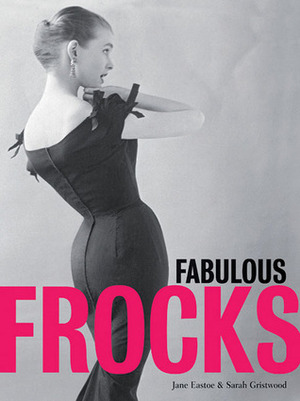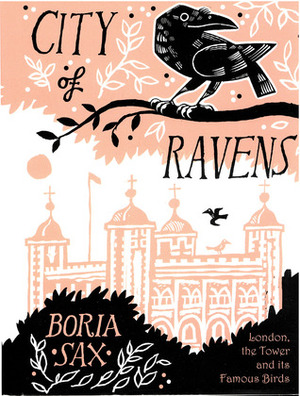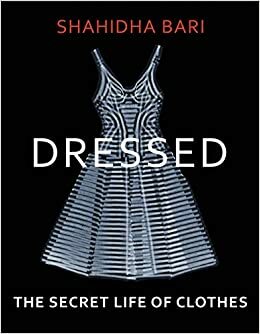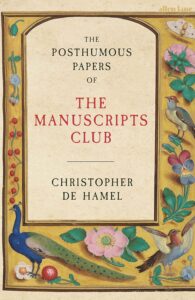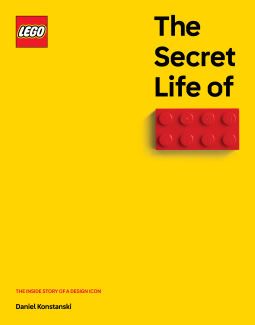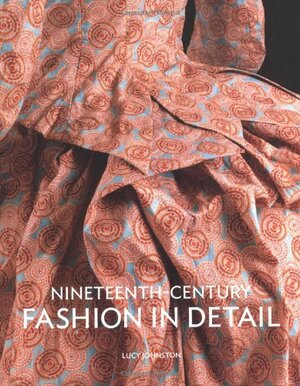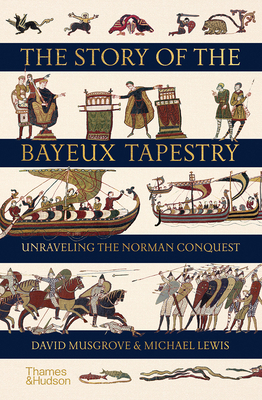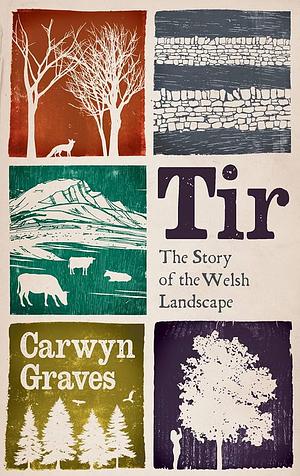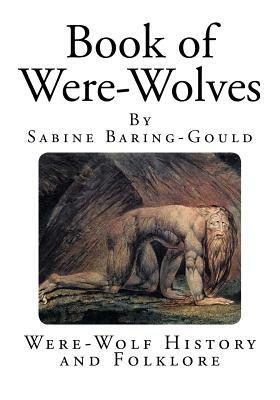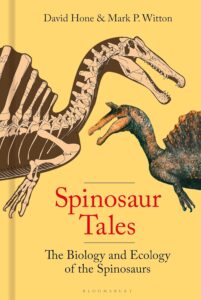
Spinosaur Tales: The Biology and Ecology of the Spinosaurs
by David Hone, Mark P. Witton
Genres: Non-fiction, SciencePages: 320
Rating:

Synopsis:Spinosaur Tales explores the exciting, sometimes controversial world of spinosaurs. Bringing this creatures back to life with stunning illustrations, world renowned palaeontologists David Hone and Mark P. Witton present the latest views on the evolution, anatomy and lifestyles of these enigmatic reptiles.
I don’t know a lot about spinosaurs — they’re not a dinosaur I ever personally fixated on — but I was definitely keen to pick up Spinosaur Tales based on previous books by David Hone. It’s pop-science, but it’s thorough and well-sourced all the same: as the authors are careful to point out, it’s a rapidly-changing field due to a lot of interest in spinosaurs, and some of the information might already be out of date by the time the book was printed, let alone whenever it finds its way to new readers. They ground their interpretations in the known facts, and explain when things might change due to new evidence, in general — it’s all pretty conscientious.
Since I didn’t know much about spinosaurs going in, there was a lot to learn: I hadn’t realised that Baryonyx was a spinosaur, for example, and I had no idea that the spinosaurs include some of the largest theropods in general. I also hadn’t thought much about how dinosaur eyes would look, and… it makes sense, but not how I had somehow imagined!
The authors do well at contextualising stuff so you can understand regardless of whether you’re a spinosaur superfan (or a dinosaur superfan in general); some of it probably feels repetitive if you’re familiar already, but for me, I needed the detailed grounding in what we actually know about spinosaurs. I’d probably have lumped them in with Dimetrodon based on the ‘sail’, I must confess…
Witton’s illustrations add a lot too, though I’m still kinda wondering what a lipped dinosaur would’ve looked like and how it compares to common illustrations (since they convincingly suggest that spinosaurs at least probably had lips).
Really fascinating, and clear too.
Rating: 4/5 (“really liked it”)

